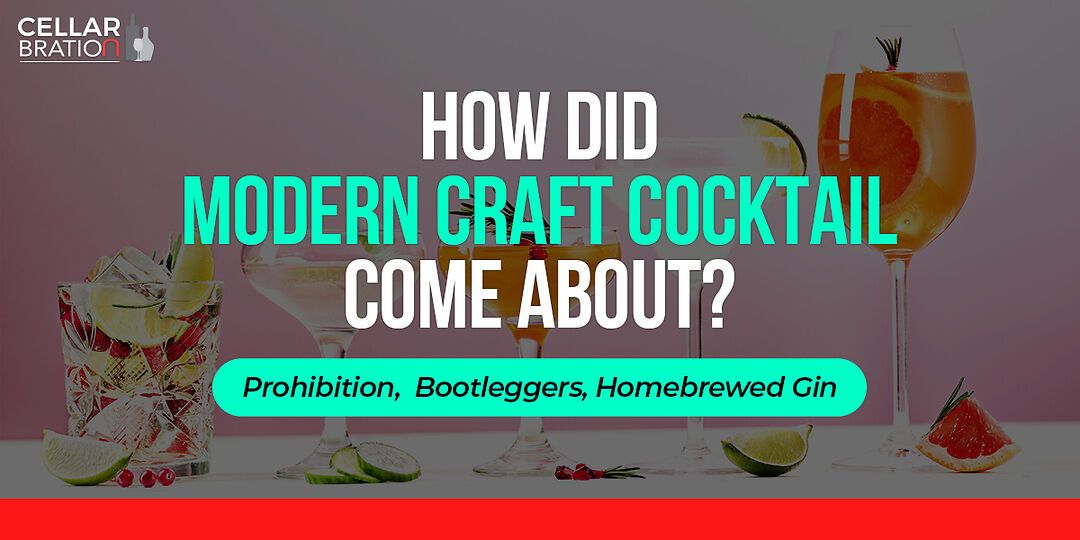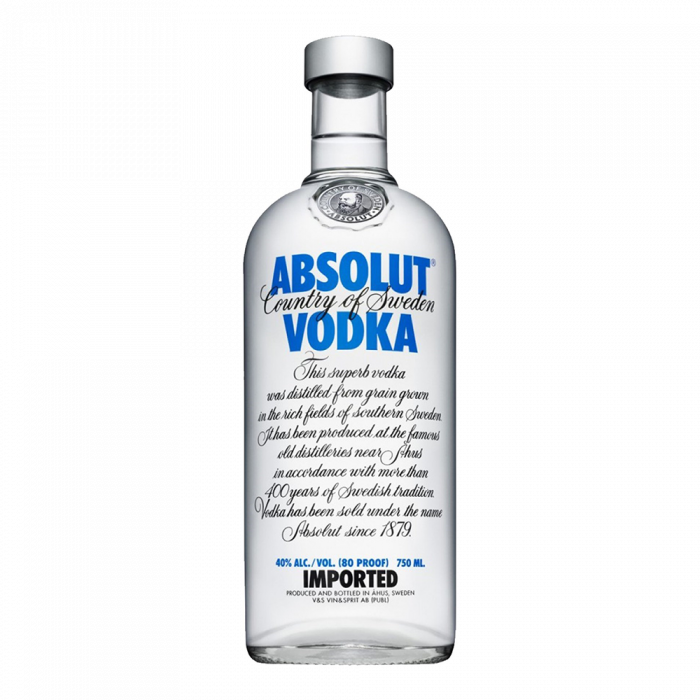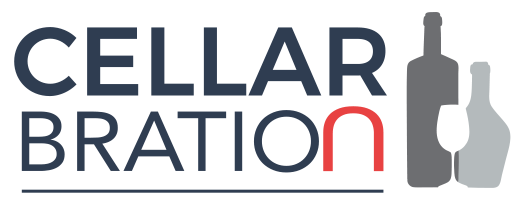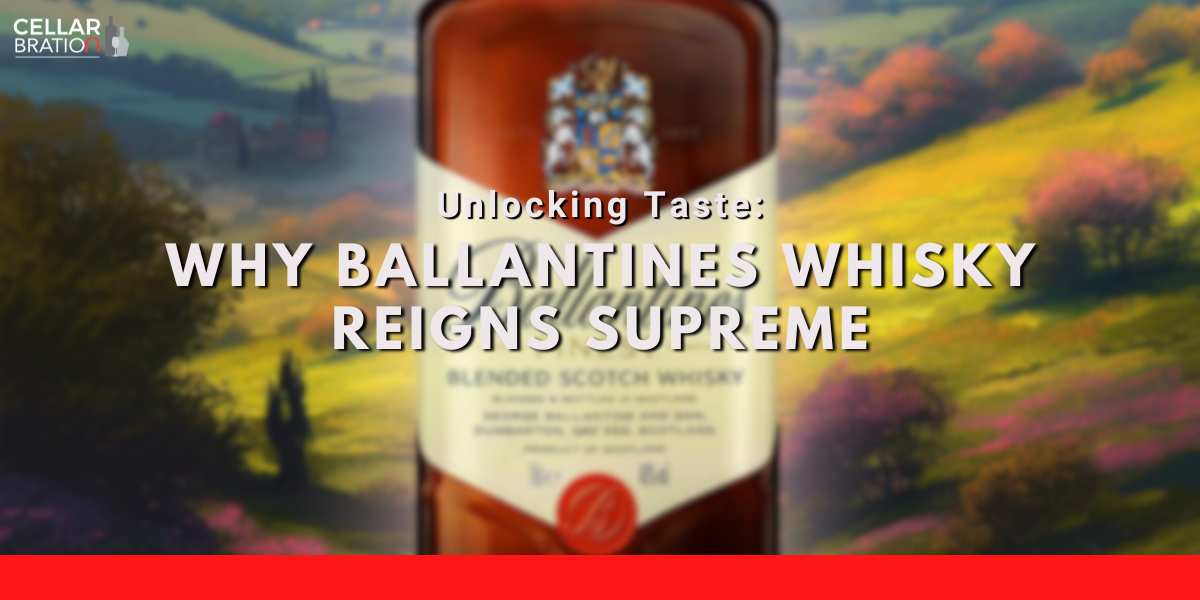
Modern history is shaped by historical revolutions. A series of turn key, crisis level events that had major effects on the world. While revolutions are riddled with morbid stories of pain and deaths, some of the greatest opportunities and inventions were created out of those trying times.
The United States alcohol prohibition in 1919, which bans the manufacturing, sale or transportation of intoxicating liquors, was one crisis known as the dry era that inspired modern craft cocktails and impacted the drinking scene as we know it today.
The Rise of an (Gin)telligent Era
"Crises and deadlocks when they occur have at least this advantage, that they force us to think." - Jawaharlal Nehru
The closure of bars forced many to find inventive ways to access alcohol. The prohibition meant to sanction order and control in alcohol consumption only fueled creativity and fanned the flames for illicit activity and organized crime. People started crafting and peddling their own hooch using ingenious ways.
Bootleggers, Rotgut Liquor and Home-brewed Gin
Necessity is the mother of invention. With limited resources, illegal makers aka bootleggers resorted to anything and everything to make spirits that resemble the good stuff they could no longer drink.
To hide the stiff taste of their crude distillations, they used various infusions, oils and botanicals. There was little to no concern for toxicity in the ingredients used. Some called it poison, others potent and most unpalatable. But alcohol was created anyway and named “Rotgut liquor” - An alcoholic drink of very poor quality, suspected to be gut damaging.
Amongst the many alcohol creations that were sordidly attempted, Gin was the most popular alcohol to create. This is because Gin is known to be the simplest, cheapest and fastest beverage to produce - take some alcohol, thin it with water, add glycerine, juniper oil and voila. For this reason, Gin was primarily used for most of the cocktails during the prohibition era.
Creative Bartenders, Clever Concoctions
Thanks to the creativity of bartenders, clever concoctions were created to make bootleg gin/rotgut liquor acceptable and marketable. The Bee’s Knees is one of the iconic prohibition-era concoctions that still held its own today.
The Bee’s Knees
In trying to fend off the less than ideal smell of the home-brewed gin, citrus and honey were added to the bootleg gin. The result was a fantastic concoction known as “ bee’s knees” - a prohibition-era slang for “the best”.
The Bee’s Knees Recipe:
- 50ml of Sipsmith London Dry Gin (or any london dry gin)
- 25ml of fresh lemon juice
- 2 teaspoon of honey
- Lemon twist as garnish
Put honey in a small cup and add 1 tsp of boiled water. Stir well until honey is nicely thinned down. Add honey mixture into a cocktail shaker followed by Gin and lemon juice. Shake and strain mixture into a chilled cocktail glass and garnish with a lemon twist.
Birth of Modern Day Craft Cocktail
Some other famous gin-based cocktails invented to improve the prohibition-era bootleg gin were; Gin Rickey, The Last Word, French 75 and the Southside. It is undeniable that the poorly made spirits of the early 19th century are what propagated the delicious craft cocktail we enjoy today.
Influence of the Speakeasies
Yet craft cocktails weren't the only great inventions that arose from the dry era crisis. The speakeasies - hidden bars that sold illegal alcohol, created a trend - an exclusive, mysterious and outlaw-ish appeal in the modern drinking experience.
The modern movement began in the late 1980s with enterprising bartenders and restaurant owners recreating the atmosphere of the prohibition-era speakeasy. Cocktails were served in dimly lit lounges to make guests feel exclusive and special.

Today, we are familiar with gimmicks such as entering a bar behind bookcases or through phone booths. All of which are great ideas and even greater experiences inspired and created by prohibition ingenuity.
Through The Lens of the Dry Era
Bootleg liquor and extreme alcohol prohibition are no longer part of our daily lexicon. However, we do face one of the greatest prohibitions of all time - Covid19.
Worldwide lockdowns, Shuttered bars and social restrictions have been our new normal in recent years. Such is a dampening time - not being able to dine in a nice restaurant, sip on our favourite beverage and enjoy the company of good friends.
But there is a golden lesson that we can learn from the dry era. That is to own our enjoyment despite the circumstances.
21st Century (Gin)telligence
Restricted or not, we are an empowered generation blessed with an abundance of readily accessible knowledge. In the spirit of innovation during difficult times, the lockdown might be a great opportunity for us to pick up bartending skills.
Lucky for us amateurs, we do not need to bear the consequences of a burnt pocket or taste failure in the form of rotgut liquor. Cellarbration provides tasty and affordable spirits that can be either enjoyed as a cocktail or simply sipped neat.
To those of us who are gin masters in the making, below is a simple recipe to help you get started on your alcohol infusion journey (check out our previous article on alcohol infusion!). If you manage to cart out $99 worth of resources with us, a free alcohol delivery service will be provided so you can concentrate on creating the next legendary gin-based cocktail!
Simple Gin DIY Recipe


What you need:
- 750ml of vodka (Absolute Blue, Skyy, Broken Shed - good quality vodkas below $80)
- 2 tbsp juniper berries (add more if you like juniper-forward gin)
- 1 tsp coriander seeds
- 2 cardamom pods
- 2 peppercorns
- Half a cinnamon stick
- A small piece of dried orange peel (remove the white pith)
- A small piece of dried lemon peel (again, no pith)
Steps:
- Sterilise a clean 1 litre jar or glass bottle with boiling water.
- Add all botanicals to the jar, minus any fresh peels
- Pour vodka into the jar and leave the mixture to infuse in a cool dark place for 24 hours.
- Taste the infusion. You should be able to taste prominent juniper flavours.
- Add fresh peels, along with any extra botanicals whose flavour you want to boost.
- Give the bottle of mixture a gentle shake and leave it to rest for another 24 hours
- Taste the gin again and if you’re happy with the flavours, filter out all the botanicals using a sieve.
- Bottle your gin and feel free to create your own label!





